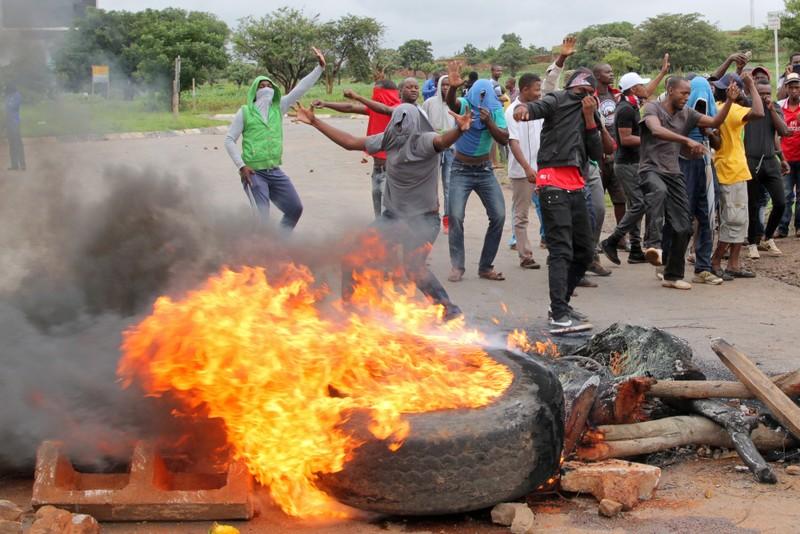
When historians look back at 2019, the story of the year will not be the turmoil surrounding Donald Trump. It will instead be the tsunami of protests that swept across six continents and engulfed both liberal democracies and ruthless autocracies.
Throughout the year, movements have emerged overnight, out of nowhere, unleashing public fury on a global scale—from Paris and La Paz to Prague and Port-au-Prince, Beirut to Bogota and Berlin, Catalonia to Cairo, and in Hong Kong, Harare, Santiago, Sydney, Seoul, Quito, Jakarta, Tehran, Algiers, Baghdad, Budapest, London, New Delhi, Manila, and even Moscow. Taken together, the protests reflect unprecedented political mobilization. The global consequences dwarf the turmoil of the Trump year and his rippling impact beyond America’s borders.
“People in more countries are using people power than any time in recorded history. Nonviolent mass movements are the primary challenges to governments today,” Erica Chenoweth, a political scientist at Harvard, told me. “This represents a pronounced shift in the global landscape of dissent.”
Popular protests have long been part of the human story in the modern era: the Protestant upheaval (so named for its protests), in the sixteenth century; the French Revolution and the Boston Tea Party, in the eighteenth century; and the uprisings that brought down the Berlin Wall and the Soviet empire, in the twentieth, to name just a few. They have always come in waves.
One of the most famous waves was in 1968, a year of social activism that included antiwar demonstrations in the United States, workers’ strikes in France, the Prague Spring’s challenge to communism in Eastern Europe, and student protests in Mexico, Brazil, Spain, Britain, Germany, Italy, Pakistan and Poland. “At a time when nations and cultures were still separate and very different . . . there occurred a spontaneous combustion of rebellious spirits around the world,” Mark Kurlansky writes in “1968: The Year That Rocked the World.” “There has never been a year like 1968, and it is unlikely there will ever be one again,” he predicts.
Until now. Civil resistance in 2019 brought down leaders—some democratically elected, others dictators long in power—in Algeria, Bolivia, Iraq, Lebanon, and Sudan. Movements still threaten regimes in Ecuador, Egypt, Georgia, Haiti, Peru, Poland, Russia, and Zimbabwe.
They forced governments—through peaceful means—to reverse course on controversial policies in China, Chile, and France, countries with starkly different political systems, economies, and cultures.
The difference today, Chenoweth said, is that in 1968 there was still a widespread belief that real power flowed from the barrel of a gun. “In our time, that belief is crumbling.
There is a falling away from the consensus that you need armed struggle” to change political systems, and an increasing sense that violent protest leads to a disproportionate loss of life. “People are not picking up guns as they did in earlier eras. They’re instead looking to civil resistance to assert their claims and seek transformation,” she said. “It’s what binds the different movements of our time.”





